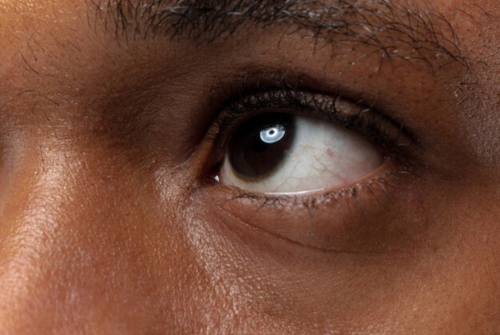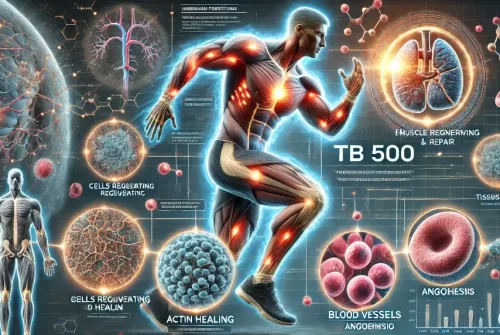
Fat cheeks can occur for a variety of reasons, including genetics, weight gain, and aging. Genetics play a significant role in determining the shape of our faces, including the distribution of fat. Some people are simply predisposed to having fuller, rounder cheeks. Weight gain can also cause fat to accumulate in the cheeks, as can aging, which can cause the skin to lose elasticity and sag, resulting in a fuller appearance.
High-Intensity Focused Ultrasound (HIFU) is a non-surgical fat cheeks removal treatment in Singapore. HIFU uses high-frequency sound waves to heat and destroy fat cells, which are then naturally eliminated from the body. This treatment can be an effective alternative to surgical procedures like buccal fat removal, which involves making incisions inside the mouth to remove fat from the cheeks.
While HIFU can be an effective treatment for fat cheeks, it is important to note that it may not be suitable for everyone. It is best to consult with a qualified medical professional to determine if HIFU is the right treatment option for you. Additionally, it is important to maintain a healthy lifestyle with a balanced diet and regular exercise to prevent the accumulation of fat in the cheeks and other areas of the body.
Understanding Fat Cheeks
Fat cheeks can occur due to various reasons, including genetics, weight gain, and aging. Understanding the causes of fat cheeks can help people take appropriate measures to address the issue.
Causes of Fat Cheeks
There are several causes of fat cheeks. Some of them are:
Genetics
Genetics play a significant role in determining the shape of our faces, including the distribution of fat. Some people are simply predisposed to having fuller, rounder cheeks due to their genetic makeup. If one or both parents have chubby cheeks, their children are more likely to have them too.
Weight Gain
Weight gain is another common cause of fat cheeks. When people gain weight, fat cells in their body expand, including those in their cheeks. As a result, their cheeks may appear fuller and rounder. Additionally, a high-sugar and high-fat diet can also contribute to cheek fat.
HIFU for Fat Cheeks Removal
Understanding HIFU
High-Intensity Focused Ultrasound (HIFU) is a non-surgical fat cheeks removal treatment that uses ultrasound technology to target specific areas of the face and body. HIFU works by delivering ultrasound energy to the targeted area, which creates heat. This heat stimulates collagen production, a protein that helps to keep skin firm and tight. HIFU is an efficient and targeted way to remove fat from the cheeks.
Procedure of HIFU
During the HIFU procedure, a handheld device is used to deliver ultrasound waves to the targeted area. The patient may feel a tingling sensation or mild discomfort during the procedure, but it is generally considered painless. The procedure typically takes between 30-90 minutes, depending on the size of the targeted area.
Benefits of HIFU
HIFU is a safe and effective non-invasive alternative to traditional surgical procedures for fat cheeks removal. The procedure stimulates collagen production, which helps to tighten and firm the skin. HIFU is also an efficient way to target specific areas of the face and body, without affecting surrounding tissue.
Overall, HIFU is a safe and effective non-surgical procedure for fat cheeks removal. It is a targeted and efficient way to stimulate collagen production and tighten and firm the skin. While there may be some mild side effects, they are generally short-lived and resolve quickly.
Expected Results
HIFU for fat cheeks removal is a non-invasive procedure that can produce noticeable results without the need for surgery. Patients can expect to see a reduction in the fullness of their cheeks, resulting in a more contoured and defined appearance. The results are natural-looking and can help patients achieve a more youthful appearance.
The degree of improvement varies from person to person, and some patients may require multiple treatments to achieve their desired results. Patients should also keep in mind that the final results may not be visible until several weeks after the procedure.






